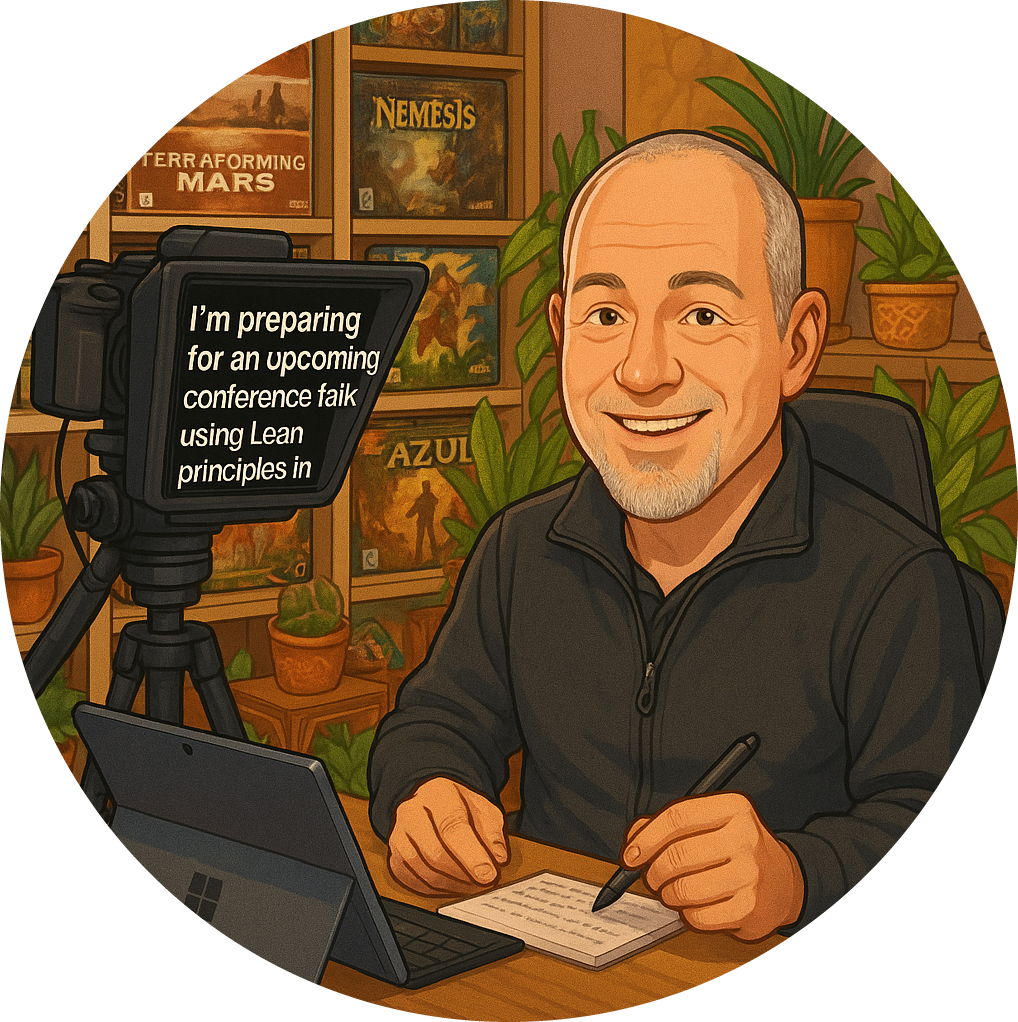When I reflect on my journey through software development , one principle stands out: test-driven development (TDD) is not merely about writing better code; it’s fundamentally about crafting superior architectures. This distinction is crucial, and I want to share my insights on how TDD and pair programming can transform our approach to software design.
The Essence of Test-Driven Development
At its core, TDD encourages us to create only what is necessary to support the functionality we need. This means we’re not just writing code for the sake of it; we’re building a structure that is lean and purposeful. Here’s why this matters:
- Focused Development: By defining tests before we write the code, we ensure that every line serves a specific purpose. This leads to cleaner, more maintainable architectures.
- Reduced Complexity: When we limit our code to what is essential, we avoid the pitfalls of over-engineering. This simplicity is key to long-term success.
The Power of Pair Programming
Now, let’s talk about pair programming. Initially, it might seem counterintuitive. Why would we want two developers working on the same piece of code? Isn’t that less productive? Here’s where the misconception lies.
- Enhanced Code Quality: With two sets of eyes on the code, we catch issues early. This collaborative approach leads to fewer bugs and a more robust final product.
- Knowledge Sharing: Pair programming fosters an environment where knowledge is shared. This not only improves the immediate code quality but also elevates the entire team’s skill set.
Productivity: A Broader Perspective
It’s essential to shift our understanding of productivity. Many of us tend to measure productivity in isolated moments, but true productivity should be viewed across the entire system. Here’s how I see it:
- Short-Term vs Long-Term: Yes, pair programming may seem to slow us down initially. However, the time invested in collaboration pays off by reducing the number of problems we face later. Fixing issues after deployment is often far more costly than the initial investment in pair programming.
- Cost of Problems: The problems we avoid through pair programming are often much more expensive than the perceived loss in productivity. By addressing potential issues upfront, we save time and resources in the long run.
Conclusion
In my experience, embracing TDD and pair programming has not only improved the quality of my code but has also led to more sustainable and scalable architectures. It’s about making strategic choices that benefit the entire development process.
As we continue to evolve in our practices, let’s remember that the goal is not just to write code but to build systems that are resilient, maintainable, and aligned with our business objectives. By investing in our processes today, we set ourselves up for success tomorrow.
I encourage you to consider how you can integrate these practices into your workflow. The benefits may not be immediately visible, but over time, you’ll find that the foundations you build today will support the innovations of tomorrow.




























